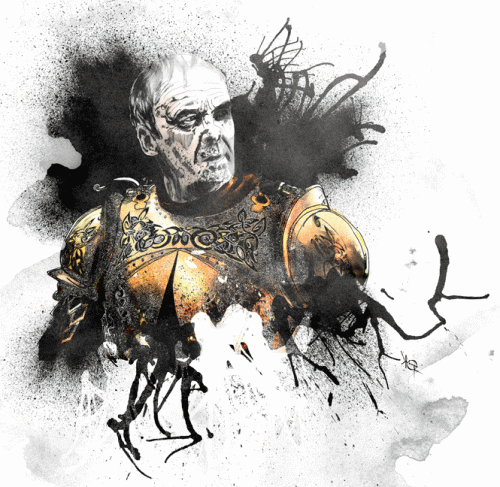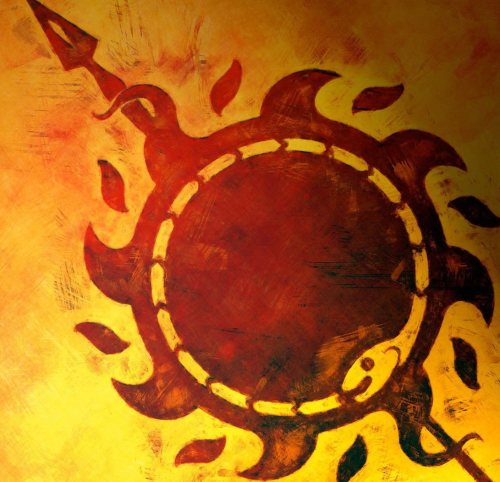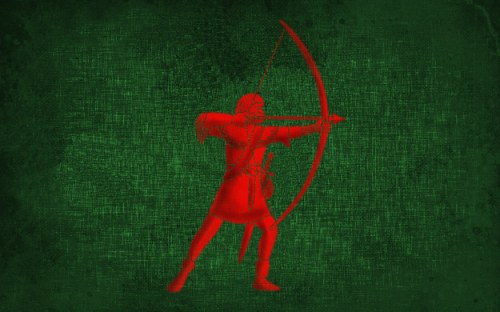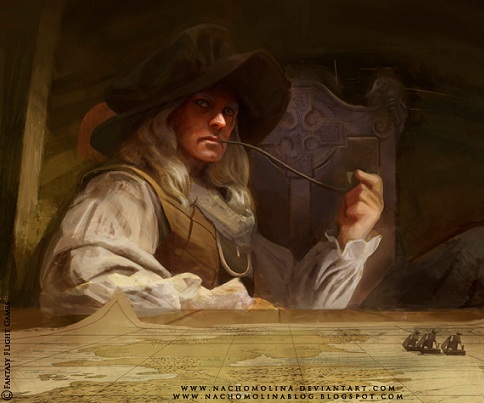Editor’s Note: This was originally going to be one of the featured essays from the series, but I ended up scrapping the idea as the series grew from a 5-part series to a 12-part series. However, after finishing a first draft of my own manuscript for my own book, I thought I might now publish this essay as a bonus to the main series. I hope you enjoy!
Introduction

Artwork by Romik Safarian
“So I am a coin in the hands of some god, is that what you are saying, ser?”
“No,” Ser Barristan replied. “You are the trueborn heir of Westeros. To the end of my days I shall remain your faithful knight, should you find me worthy to bear a sword again. If not, I am content to serve Strong Belwas as his squire.” (ASOS, Daenerys VI)
Of all the knights of Westeros, none seem quite so true as Barristan the Bold. From figures as far apart as Stannis and Renly Baratheon, Tywin Lannister, Ned Stark, Daenerys Targaryen, Tyrion Lannister and even Varys the Spider, Selmy’s reputation as a true knight shines bright. More than that, Barristan’s renown and honor lends significant political advantage to whatever king he serves.
However, does Barristan’s reputation gel with the reality? More importantly, does Barristan’s past actions provide a pathway for how his story will play out in The Winds of Winter and beyond? In this essay, I’d like to tackle these issues in the context of what I see as Barristan’s coming Winds of Winter arc.
Though many fans believe that Barristan will die during the Battle of Fire, I think that GRRM has something much more narratively fulfilling in mind for Barristan than a death on Meereenese battlefield: namely, a massive conflict over his loyalties spurred forward by his guilt over his service to a bad king, his nostalgia for a “good” Targaryen prince and the changing character dynamics of the queen he serves and a boy binding up the wounds of bleeding Westeros.








